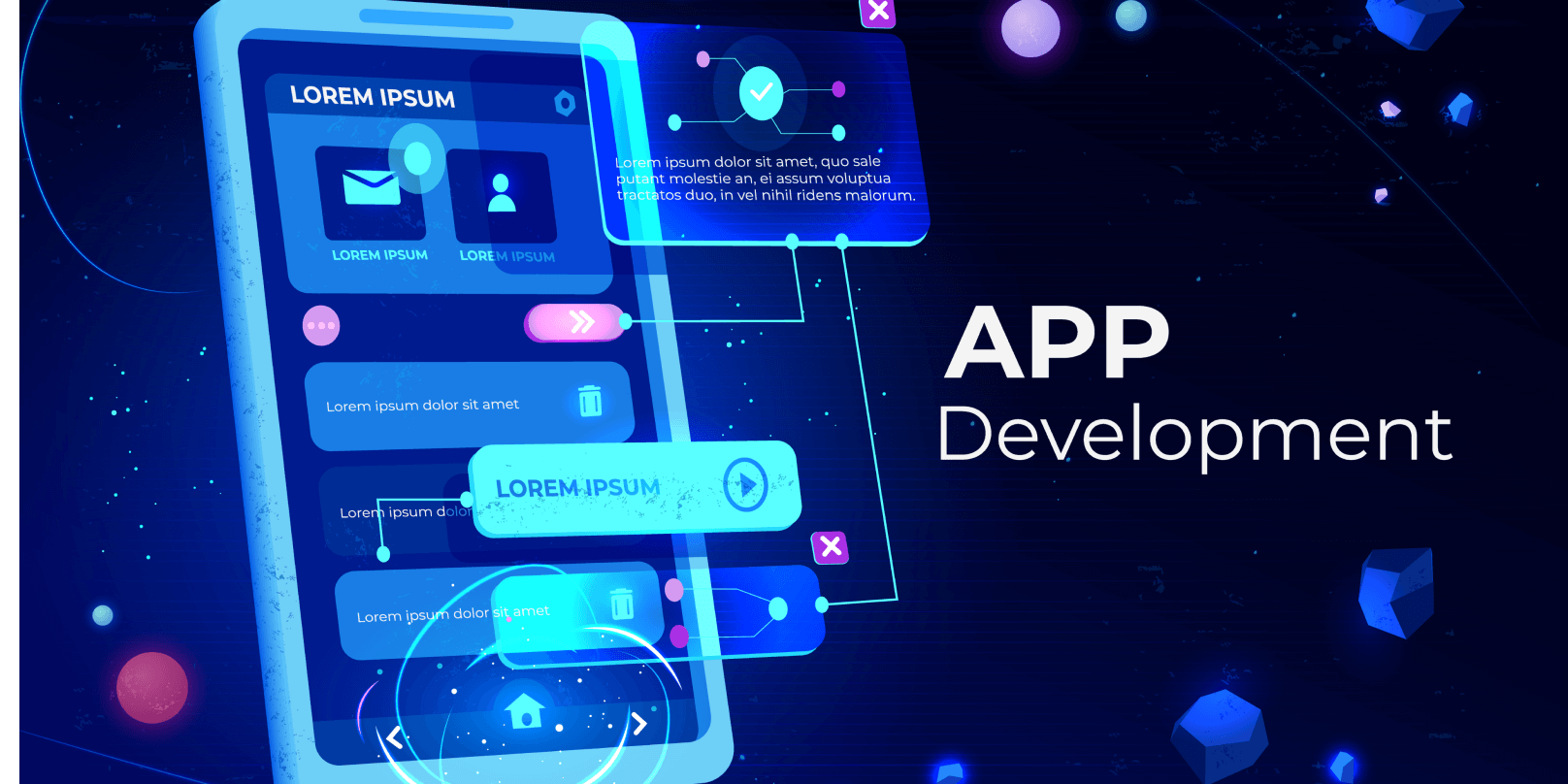Mobile app development has transformed the way businesses interact with their customers, providing an essential platform for engagement, sales, and brand presence. Whether you’re a seasoned developer or just starting, this guide will walk you through the key aspects of mobile app development in 2024.
1. Understanding the Mobile App Ecosystem
The mobile app ecosystem is diverse and rapidly evolving. It includes platforms like iOS and Android, development frameworks, app stores, and a wide range of devices.
Key Platforms:
- iOS: Apple’s operating system known for its high-quality standards and a lucrative user base.
- Android: Google’s operating system, offering a large and diverse user base with more customisation options.
Development Approaches:
- Native Development: Using platform-specific languages like Swift for iOS and Kotlin for Android. Best for performance and platform-specific features.
- Cross-Platform Development: Using frameworks like React Native, Flutter, or Xamarin to write code once and deploy it on both iOS and Android.
2. Planning Your App
Before diving into development, thorough planning is crucial.
Identify Your Target Audience:
Understanding who will use your app helps tailor the features and design to meet their needs.
Define Core Features:
List the essential features your app must have. Prioritize these features to ensure the app meets user needs without becoming overly complex.
Competitive Analysis:
Research similar apps to identify what works and what doesn’t. This can provide valuable insights and help you avoid common pitfalls.
3. Design Matters
An intuitive and visually appealing design is key to user satisfaction and retention.
User Interface (UI) Design:
Focus on creating a clean and attractive interface. Tools like Sketch, Figma, and Adobe XD are popular for UI design.
User Experience (UX) Design:
Ensure the app is easy to use. Conduct user testing to gather feedback and make necessary adjustments.
4. Development Phase
With a solid plan and design, it’s time to start coding.
Setting Up Your Development Environment:
Install necessary tools and SDKs. For iOS, you’ll need Xcode, and for Android, Android Studio.
Writing Clean Code:
Adopt best practices for coding, such as using version control (Git) and writing unit tests to maintain code quality.
Integrating APIs:
Most apps require integration with external services. Make sure to use secure and reliable APIs.
5. Testing
Testing ensures your app is bug-free and performs well under different conditions.
Automated Testing:
Use tools like Appium or XCTest for automated testing to catch issues early.
Manual Testing:
Test the app on various devices and screen sizes to ensure compatibility and performance.
6. Launching Your App
When your app is ready, it’s time to launch.
App Store Optimization (ASO):
Optimize your app’s title, description, and keywords to improve its visibility in app stores.
Beta Testing:
Release a beta version to a small group of users to gather feedback and identify any remaining issues.
Marketing:
Promote your app through social media, blogs, and other channels to attract users.
7. Post-Launch Activities
The work doesn’t end after the launch. Continuous improvement is key to long-term success.
Gather User Feedback:
Listen to your users and update your app based on their feedback.
Regular Updates:
Keep your app up-to-date with new features, improvements, and bug fixes.
Monitor Performance:
Use analytics tools to track the app’s performance and user engagement.




